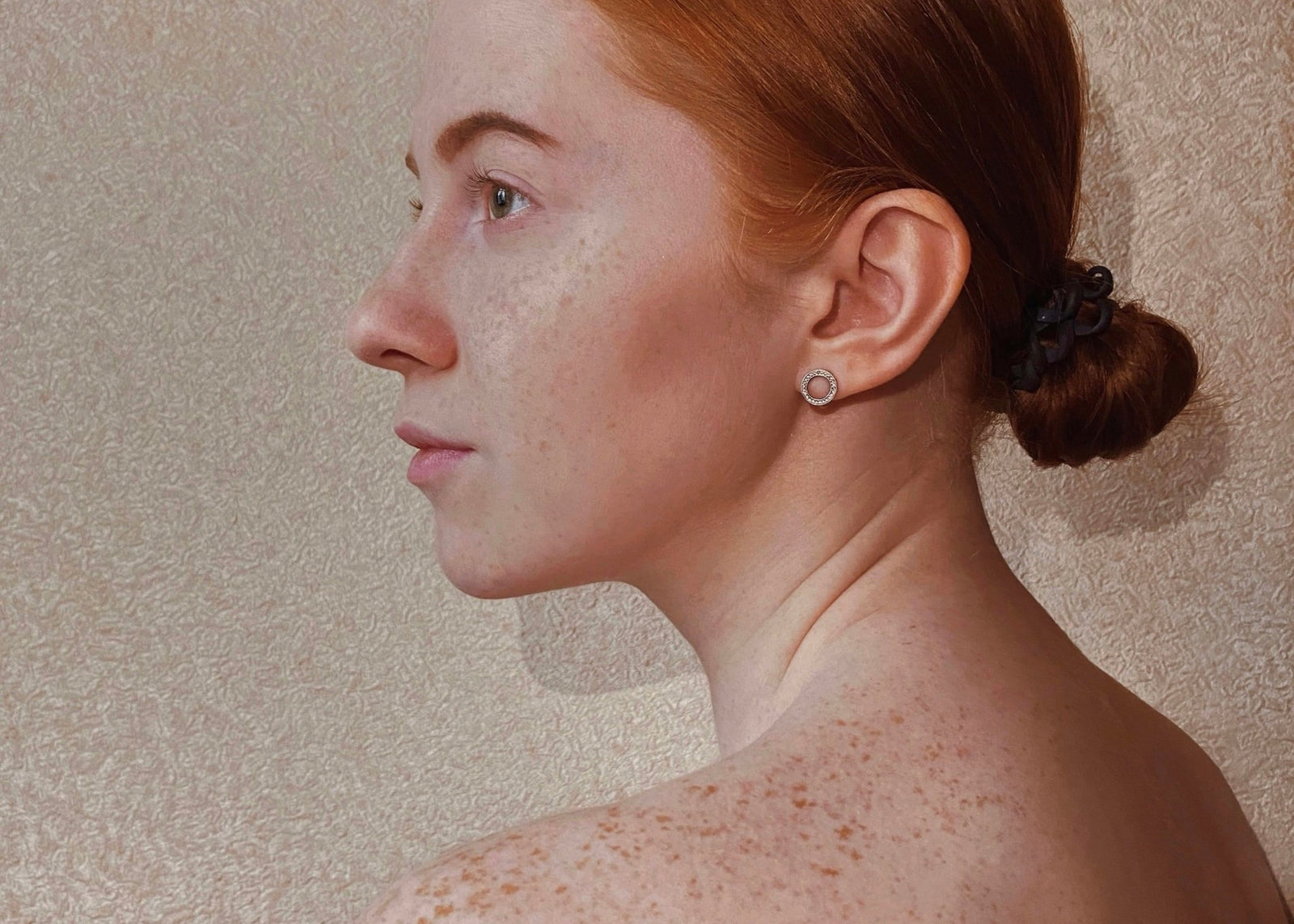
Emotional Release: Can Crying Improve Your Skin Health?
Have you ever wondered if your tears could have a positive impact on your skin health? It may seem like a strange concept, but there's a surprising amount of science behind the idea. In this comprehensive exploration, we'll explore the fascinating relationship between emotional release and skin health, particularly focusing on the potential benefits of crying.
The Science Behind Tears
Types of Tears
Before we dive into the benefits of crying, it's important to understand the different types of tears. Not all tears are created equal, and they each serve a unique purpose. According to scientific classification, there are three types of tears: basal, reflex, and emotional.
Basal tears are the ones that are always present in our eyes. They serve to keep our eyes lubricated and protected from dust and other foreign particles. Reflex tears, on the other hand, are produced in response to irritants like wind, smoke, or onions. They help to wash away these irritants and protect our eyes.
Emotional tears are the ones we shed when we experience intense feelings, whether it's joy, sadness, frustration, or relief. These are the tears we'll be focusing on in this discussion.
Composition of Emotional Tears
What sets emotional tears apart from basal and reflex tears is their composition. Emotional tears contain a higher concentration of certain chemicals and hormones, including a protein called prolactin, adrenocorticotropic hormone (ACTH), and leucine enkephalin, an endorphin and natural painkiller.
These components suggest that emotional tears play a role in the body's stress response system. By shedding these tears, we might be helping our bodies to regulate stress and restore emotional equilibrium.
The Connection Between Crying and Skin Health
Hydration and Cleansing
One of the most direct ways that crying can benefit your skin is through hydration. Tears are made up of water, along with salts, fatty oils, and over 1,500 different proteins. When you cry, these tears can hydrate the skin around your eyes, which is often prone to dryness.
Additionally, crying can also help to cleanse your skin. The tears can help to wash away dust and other particles that might be sitting on the surface of your skin, potentially preventing clogged pores and breakouts.
Stress Relief and Anti-Aging
As we've mentioned earlier, emotional tears contain certain hormones and endorphins that are linked to stress. By crying, we might be helping our bodies to reduce levels of these stress-related substances. And since chronic stress is known to accelerate the aging process, this stress relief could potentially have anti-aging benefits for our skin.
Chronic stress can lead to inflammation, which can damage the collagen and elastin in your skin. These proteins are crucial for maintaining your skin's firmness and elasticity. By helping to regulate stress, crying could indirectly help to protect these proteins and keep your skin looking youthful.
How to Maximize the Skin Benefits of Crying
Proper Skin Care After Crying
While crying can have potential benefits for your skin, it's also important to take proper care of your skin after crying. Here are a few steps you can follow:
- Wash your face: After crying, wash your face with a gentle cleanser to remove any residual salt from your tears, which can dry out your skin.
- Hydrate: Apply a hydrating serum or moisturizer to help replenish any lost moisture.
- Eye care: Consider using an eye cream or gel to soothe the skin around your eyes, which can become puffy and irritated after crying.
Using Natural and Sustainable Skin Care Ingredients
When it comes to skin care, using natural and sustainable ingredients can provide additional benefits. These ingredients are often gentler on the skin and less likely to cause irritation compared to synthetic ingredients. Plus, they're better for the environment, too.
Here are a few natural ingredients to look for in your skin care products:
- Aloe Vera: Known for its soothing and hydrating properties, aloe vera can be especially beneficial after crying.
- Green Tea: Rich in antioxidants, green tea can help to protect your skin from environmental damage.
- Chamomile: With its anti-inflammatory and calming properties, chamomile can help to reduce skin redness and irritation.
Conclusion
While more research is needed to fully understand the relationship between crying and skin health, it's clear that emotional release can have a number of potential benefits for our bodies. So the next time you feel the tears welling up, don't hold back. Let them flow, and your skin might just thank you for it.
Remember, it's also important to follow a consistent skin care routine and choose products with natural and sustainable ingredients whenever possible. Not only will this benefit your skin, but it will also contribute to a healthier planet.














